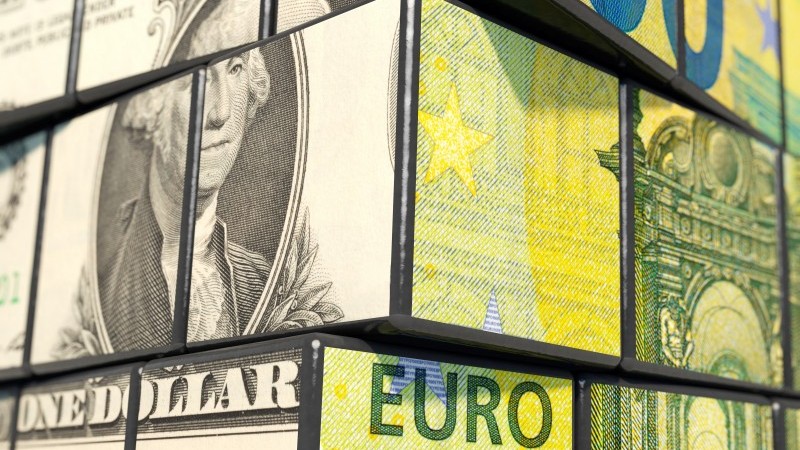Geopolitical turmoil in the Middle East has triggered a number of risk-off spikes since the beginning of this month, but risk assets were already trading weaker as interest rates began an early upward correction.
The market now appears to be more than just discounting the risk of higher oil prices, with oil prices falling again and VIX well below last week's highs. They also appear to be getting used to the prospect of rising interest rates. Risk-on is returning, with implied interest rate volatility falling more markedly in Tuesday's trading, reflected in spreads tightening again across the board.
In the euro area, risk sentiment was supported by upside in the European PMI, with the services sector PMI above expectations, sharpening the Bund curve. In our view, the risk-on movement has a little more effect, so 10-year Treasury yields could rise further this week. The gradual recovery in the euro area economy reflected in the PMI has been underway for some time and does not influence the European Central Bank's decision to begin cuts in June. However, with less confidence in the market about the timing of subsequent rate cuts, the market could start to become more sensitive to the growth part of the story. The idea is that if growth concerns subside, the ECB may feel less anxious to make a series of rate cuts. However, in contrast to the US, short-end price hikes will not have a strong impact over a period of more than two years, given that historical figures provide little reason to reprice the ECB's endpoints. It should be.
However, US PMIs did not join in the celebrations and global yields fell in the second half of the session. The disappointing numbers mean the US headline PMI is lower than the eurozone headline PMI for the first time in 12 months. Usually, the market focuses on the US ISM index, but interest rate markets were unperturbed as all three PMIs were significantly below consensus. But I don't think this data point will change the narrative about the US, given that soft data, including ISM, has already long painted a decidedly weaker economy than official data.

